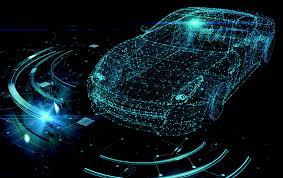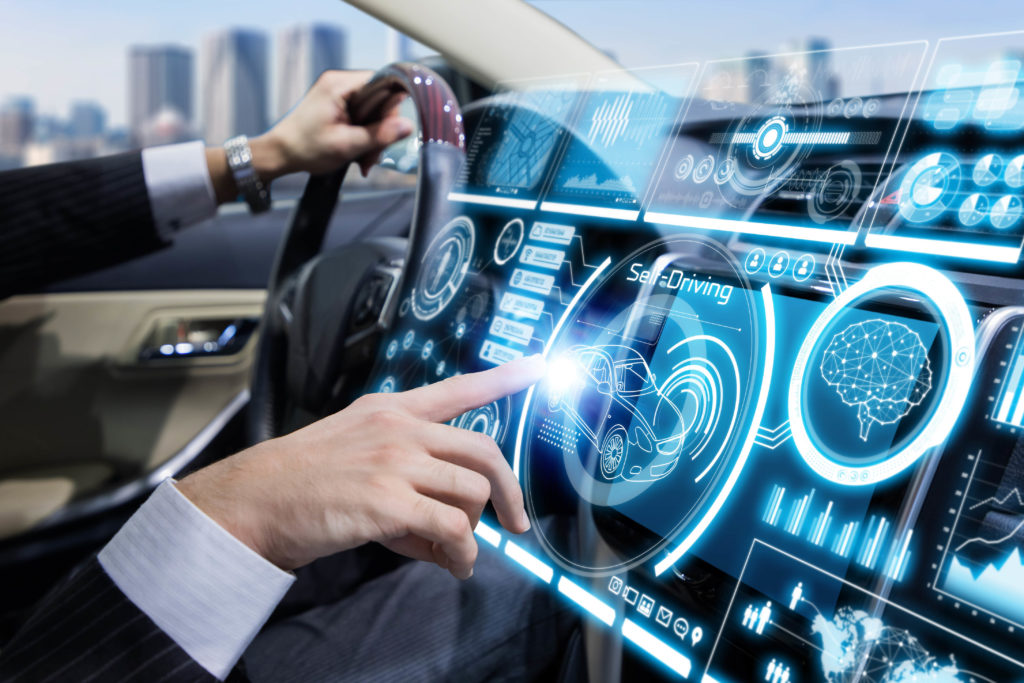The Rise of Autonomous Vehicles
Autonomous vehicles, once a figment of science fiction, are now on the cusp of revolutionizing the automotive industry. With advancements in artificial intelligence, sensor technology, and computing power, self-driving cars are no longer a distant dream but a tangible reality. As these vehicles become more prevalent on roads worldwide, their impact extends beyond just driving dynamics to the very core of automotive engineering, including electrical systems. Autonomous Vehicles on Automotive Electrical System
The Complexity of Automotive Electrical Systems
Modern vehicles already rely heavily on electrical systems to power everything from infotainment systems to safety features. However, the advent of autonomous driving introduces a new level of complexity to these systems. Self-driving cars require an array of sensors, cameras, and computing units to perceive their surroundings and make informed decisions in real-time. This influx of electronic components significantly increases the power consumption and data processing requirements of the vehicle.

Challenges in Power Management
One of the primary challenges posed by autonomous vehicles is the increased demand for electrical power. Unlike traditional vehicles, which primarily rely on the engine to generate electricity, self-driving cars must maintain a continuous power supply to support their sensor arrays and computing systems. This necessitates the development of more robust electrical architectures capable of efficiently distributing power throughout the vehicle.
Integration of Advanced Sensor Technology
Autonomous vehicles rely on a myriad of sensors, including LiDAR, radar, and cameras, to perceive their environment and navigate safely. These sensors generate vast amounts of data that must be processed in real-time to make driving decisions. Consequently, automotive electrical systems must be equipped to handle this influx of data while ensuring minimal latency and optimal performance.
Reliability and Redundancy
Ensuring the reliability of electrical systems is paramount in autonomous vehicles, as any malfunction could have potentially catastrophic consequences. Manufacturers must implement redundant electrical components and fail-safe mechanisms to mitigate the risk of system failures. Additionally, robust diagnostic systems are essential for identifying and addressing potential issues before they compromise vehicle safety.
Opportunities for Innovation
While the transition to autonomous vehicles presents significant challenges for automotive electrical systems, it also opens up new opportunities for innovation. Engineers are exploring novel approaches to power management, such as the integration of energy-efficient components and advanced battery technologies. Moreover, advancements in wireless charging and vehicle-to-grid (V2G) technology hold promise for optimizing the energy consumption of self-driving cars.
Enhanced Connectivity
Autonomous vehicles rely heavily on data connectivity to communicate with other vehicles, infrastructure, and cloud-based services. This necessitates the development of robust communication networks capable of handling large volumes of data with minimal latency. Automotive electrical systems play a crucial role in facilitating this connectivity by integrating wireless communication modules and advanced networking protocols.
Integration of Artificial Intelligence
Artificial intelligence (AI) plays a central role in the operation of autonomous vehicles, enabling them to perceive their surroundings, make driving decisions, and adapt to changing road conditions. Automotive electrical systems must be capable of supporting AI algorithms that analyze sensor data in real-time and execute complex driving tasks with precision. This requires the integration of powerful computing units and efficient data processing architectures within the vehicle.
Electrification and Sustainability
The transition to autonomous vehicles coincides with a broader shift towards electrification and sustainability in the automotive industry. Electric and hybrid powertrains offer numerous benefits, including reduced emissions and lower operating costs. Automotive electrical systems play a pivotal role in facilitating this transition by managing the power flow between the vehicle’s battery, electric motors, and ancillary components.
Conclusion
The advent of autonomous vehicles represents a paradigm shift in the automotive industry, with far-reaching implications for vehicle design, engineering, and manufacturing. Automotive electrical systems are at the forefront of this transformation, tasked with supporting the increased power demands and technological complexity of self-driving cars. While these challenges are significant, they also present opportunities for innovation and advancement in the field of automotive electronics. By addressing the unique requirements of autonomous vehicles, engineers can pave the way for safer, more efficient, and sustainable transportation systems of the future.


